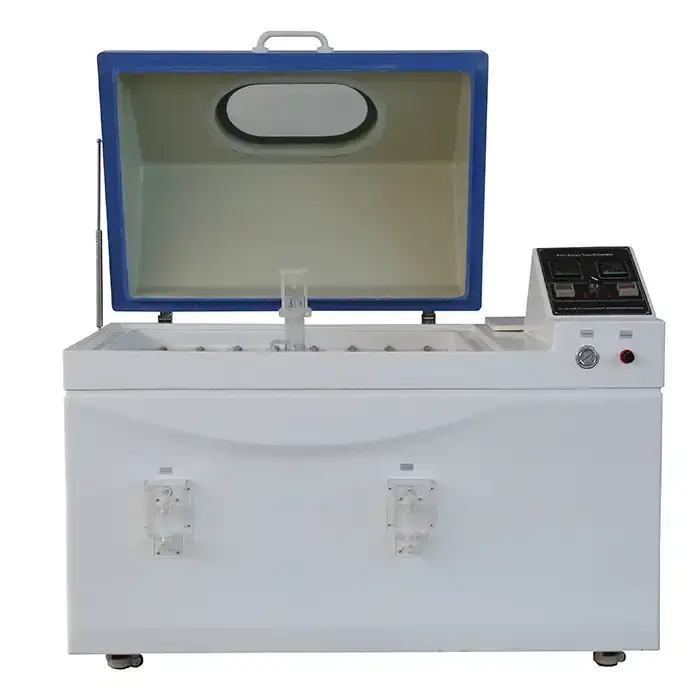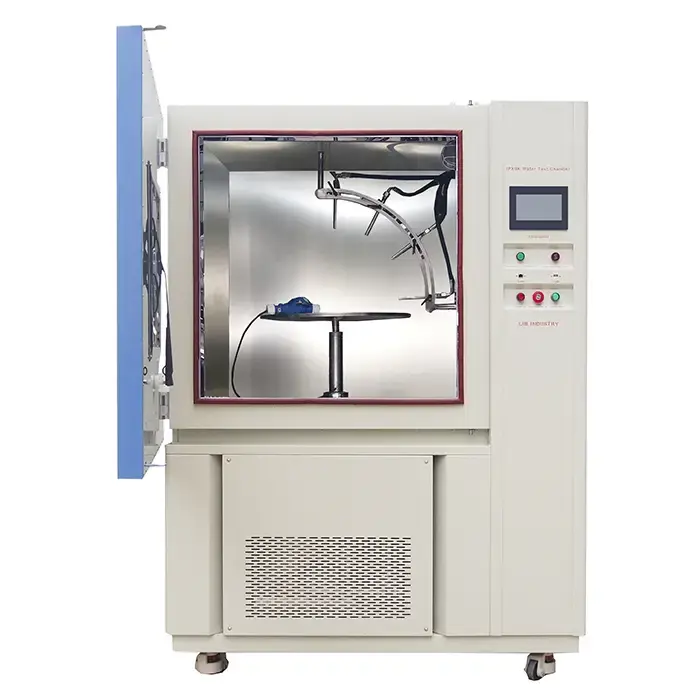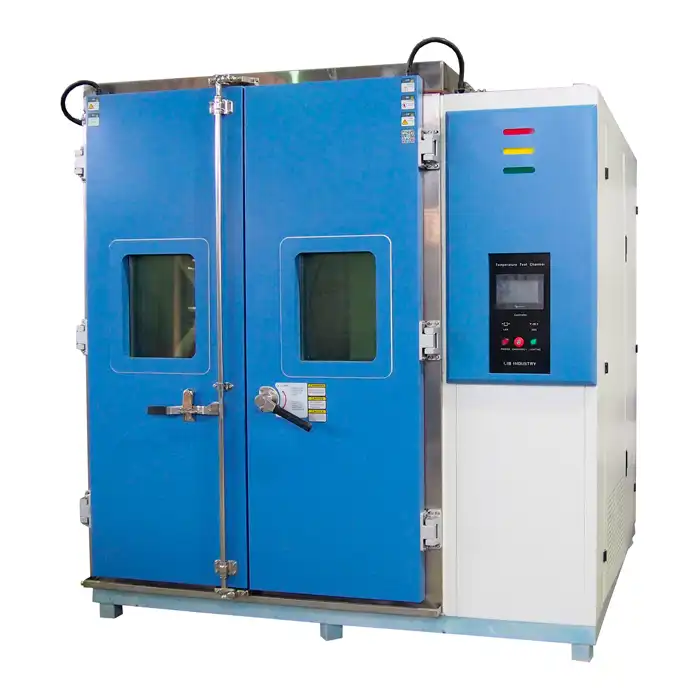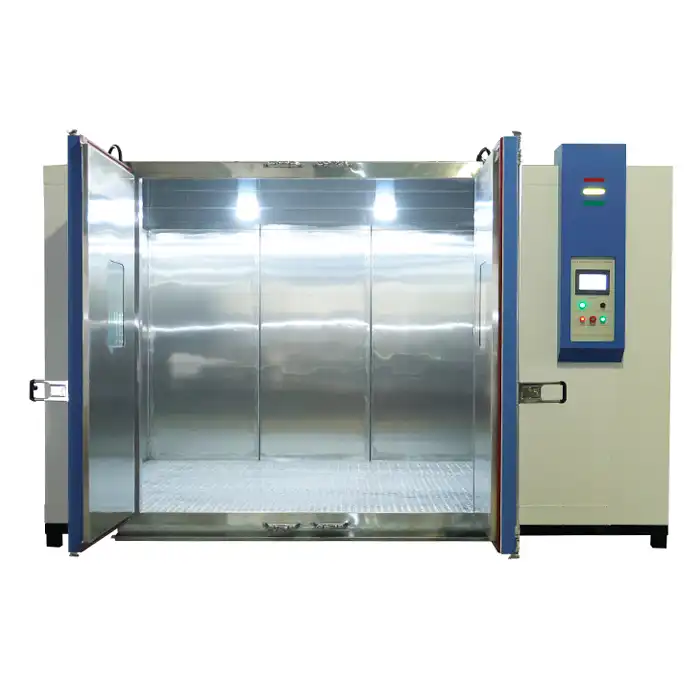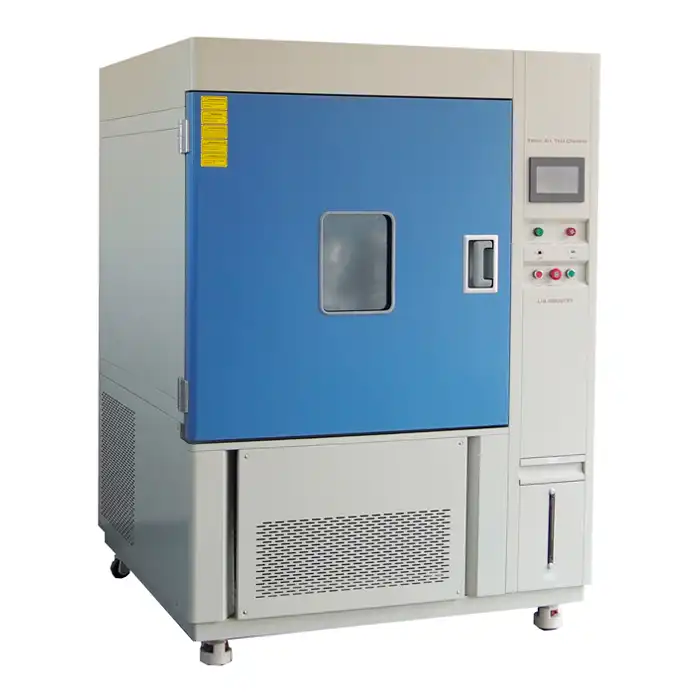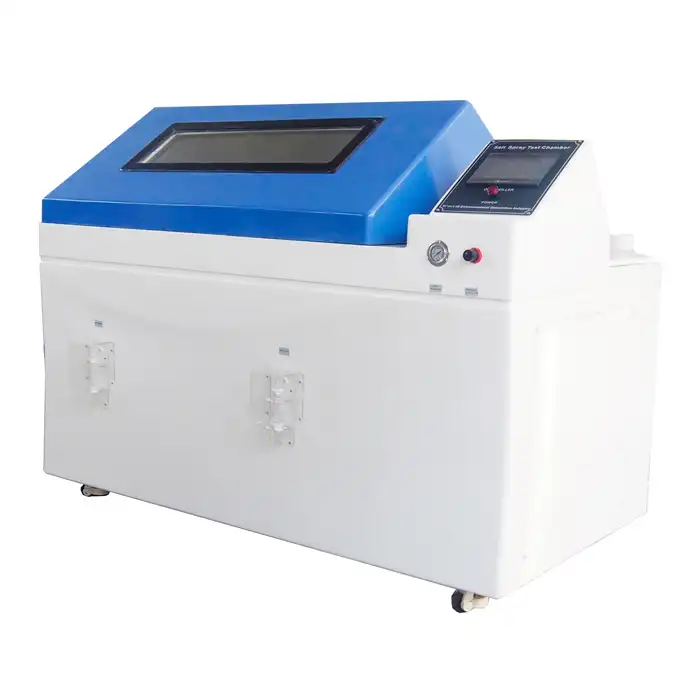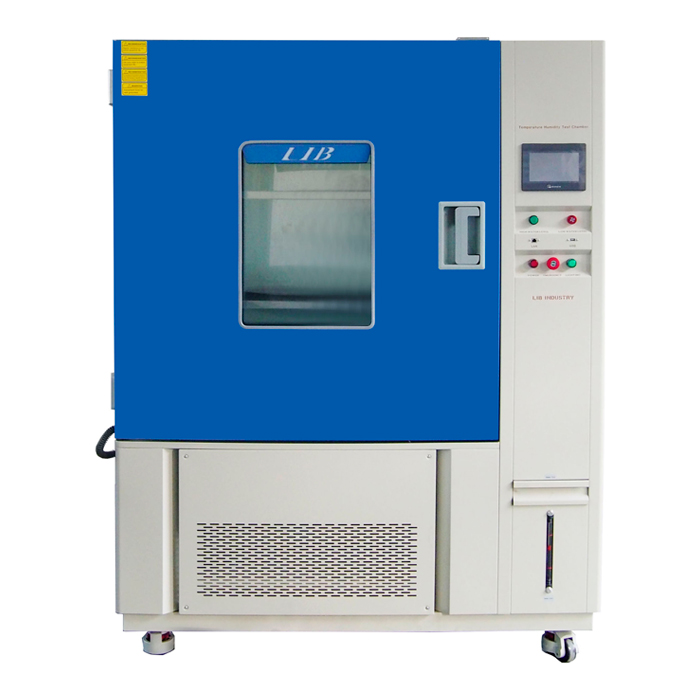How the Salt Test Chamber Enhances Material Durability?
Environmental factors like salt, humidity, and temperature can wreak havoc on materials, leading to corrosion and reduced lifespan. To combat these challenges, manufacturers turn to salt test chambers. These advanced devices simulate harsh environments, ensuring that materials and coatings are robust enough to withstand real-world conditions.
Accelerated Aging: Simulating Years of Corrosion in Days
Corrosion is a time-dependent process that can take years to manifest in natural conditions. A salt test chamber compresses this timeline into just days or weeks by exposing materials to concentrated salt sprays and controlled humidity levels. This accelerated aging process simulates years of exposure to corrosive environments, such as coastal areas or industrial zones.

For example, automotive manufacturers use salt test chambers to evaluate the rust resistance of car bodies. By replicating prolonged exposure to road salt, they ensure the longevity of vehicles. This rapid testing not only saves time but also provides manufacturers with critical insights into how their materials will perform over their lifecycle. Whether it's stainless steel, protective coatings, or alloys, the accelerated aging capabilities of salt test chambers are essential for predicting material durability under extreme conditions. In the aerospace industry, where materials face intense environmental stress, salt test chambers help detect weak spots in aircraft components. Corrosion in even the smallest part can compromise safety, making this testing critical. Similarly, in consumer electronics, salt testing identifies vulnerabilities in metal casings and connectors, ensuring devices can withstand humid or salty environments.
By revealing these weaknesses, manufacturers can refine their designs and choose better materials or protective treatments, ultimately delivering higher-quality products to the market.
Comparative Testing: Evaluating Different Materials and Coatings
Selecting the right material or coating for a product is crucial, especially when durability is a priority. Salt test chambers enable manufacturers to conduct comparative testing by exposing various materials and coatings to identical conditions. This side-by-side evaluation helps determine which option offers the best resistance to corrosion.
For example, in the construction industry, engineers often test various steel grades and anti-corrosion coatings for use in bridges, buildings, and marine structures. By comparing their performance in a salt test chamber, they can make informed decisions about which materials will stand the test of time.
These insights not only help manufacturers select the most durable solutions but also provide an opportunity to innovate. By experimenting with new alloy compositions or coating technologies, businesses can push the boundaries of material durability.
Quality Control: Ensuring Consistency and Reliability in Manufacturing
Consistency in manufacturing is essential to maintaining a brand's reputation and meeting customer expectations. Salt test chambers play a vital role in quality control by verifying that materials and coatings meet required standards.
Take the automotive industry, for example. Manufacturers test batches of components, such as bolts, fasteners, and body panels, in salt chambers to ensure every piece meets corrosion resistance standards. Similarly, electronics manufacturers use these chambers to confirm that connectors and casings can withstand exposure to salty or humid environments.
By integrating salt testing into their quality control processes, manufacturers can avoid costly recalls, reduce warranty claims, and build customer trust. Consistency leads to reliability, and reliability builds long-term loyalty.
Optimizing Surface Treatments: Enhancing Corrosion Resistance
Surface treatments, such as galvanization, electroplating, or powder coating, are often applied to materials to enhance their corrosion resistance. Salt test chambers are instrumental in optimizing these treatments by testing their effectiveness under harsh conditions.
For example, marine equipment manufacturers use salt chambers to test the durability of anti-corrosion coatings on ship components. By identifying which coatings perform best, they can optimize treatments to ensure their products withstand the salty sea air.
Additionally, industries like renewable energy rely on salt testing to improve the durability of wind turbine components exposed to coastal environments. These tests allow manufacturers to refine their surface treatments, ensuring maximum performance and longevity.
By leveraging salt test chambers, businesses can perfect their surface protection strategies, reducing maintenance costs and extending product lifespan.
| Temperature Range: Ambient ~ +60 ℃ Temperature Fluctuation: ± 0.5 ℃ Temperature Deviation: ± 2.0 ℃ Humidity Range: 95% ~ 98% RH Salt Fog Deposition: 1~2ml / 80cm2 · h Spray Type: Continuous / Periodic Salt Fog Collected: Fog collector and fog measure cylinder Air Preheating: Saturated air barrel Spraying System: Atomizer tower and Spray nozzles Controller: PID controller |
Salt test chambers are indispensable tools for manufacturers across industries. If you're looking for state-of-the-art salt test chambers to improve your products' durability, LIB Industry offers turn-key solutions tailored to your needs. Contact us today at ellen@lib-industry.com to learn more about how we can help you achieve superior material performance.
References
1. "Corrosion Testing in Salt Spray Chambers: Best Practices and Applications"
2. "Accelerated Corrosion Testing for Automotive and Aerospace Industries"
3. "The Role of Salt Spray Tests in Enhancing Coating Durability"
4. "Comparative Analysis of Corrosion Resistance in Industrial Materials"



